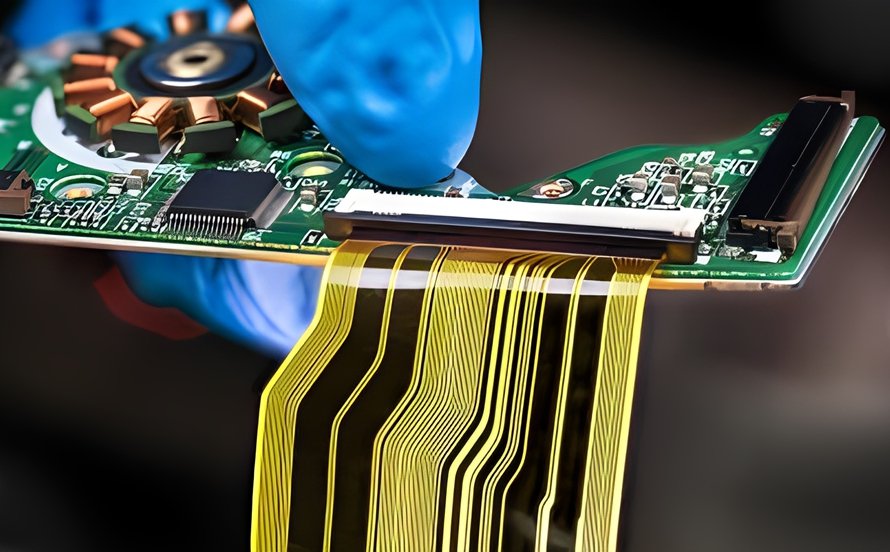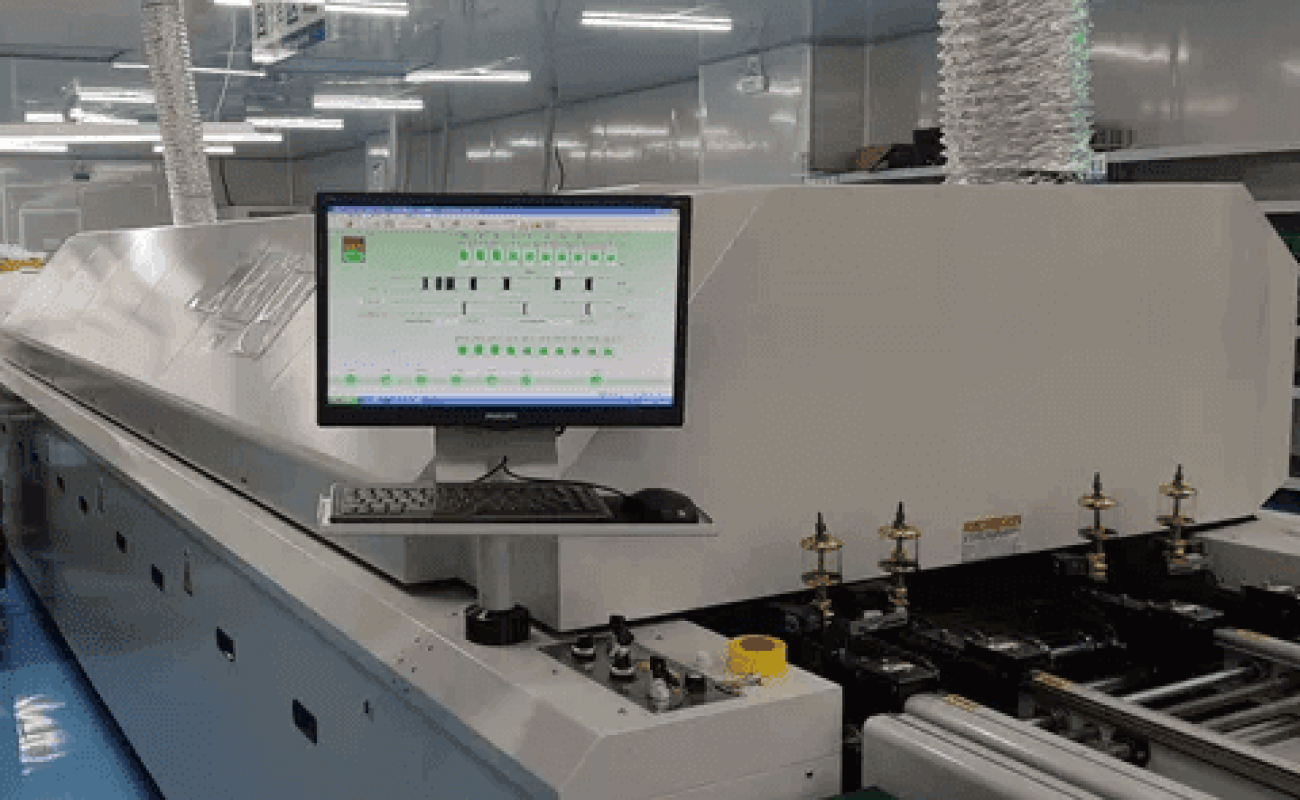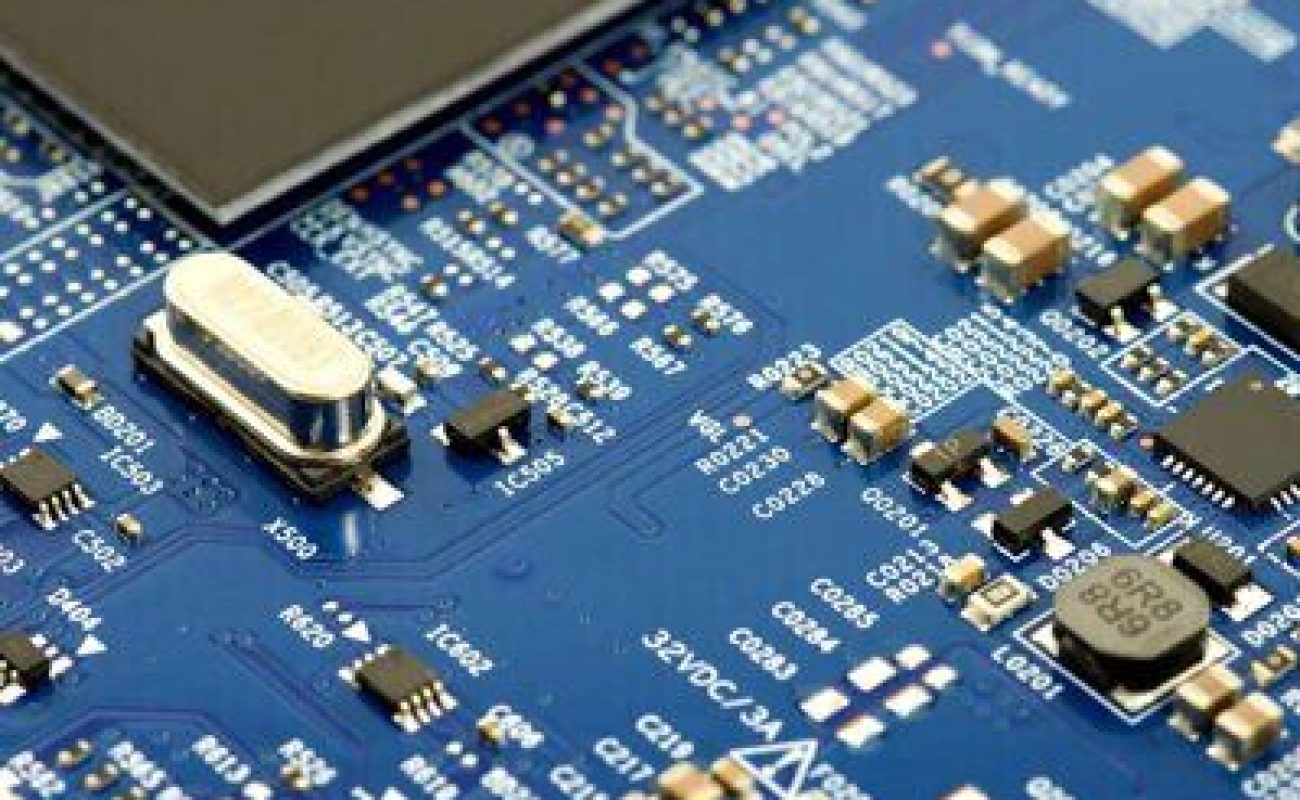
Flex PCB assembly means the assembly of electronic components on a flexible printed circuit board. The assembly and soldering process of flex PCB is more different from that of rigid printed circuit boards. Since the flex PCB is not hard enough, if we do not use a special carrier board, we can not complete the fixing and transfer. Then it is also impossible to carry out the basic SMT processes such as printing solder paste, mounting components, and reflow soldering.
So, except for the rigid PCB assembly techniques, we need to pay special attention to the pre-treatment of flex PCBs and supportive carrier boards and tools for flex PCB assembly.

To ensure that the flexible PCB assembly is handled according to your specifications and expectations for the best results, the experts in Viasion do their best to complete the task. Even though they already have ample experience, they continue to improve their level of knowledge and understanding of flexible PCB assembly just to be able to provide better products and services of flexible PCBA to our customers. Viasion has successfully worked with different categories of companies all over the world, and the positive reviews from our customers demonstrate that we are trustworthy and considered to be one of the best companies providing flexible PCB assembly services. Moreover, you don’t have to worry about paying too much, Viasion will provide you with affordable and high-quality flexible PCB assembly services, which is what we are highly regarded for.
To ensure that the flexible PCB assembly is handled according to your specifications and expectations for the best results, the experts in Viasion do their best to complete the task. Even though they already have ample experience, they continue to improve their level of knowledge and understanding of flexible PCB assembly just to be able to provide better products and services of flexible PCBA to our customers. Viasion has successfully worked with different categories of companies all over the world, and the positive reviews from our customers demonstrate that we are trustworthy and considered to be one of the best companies providing flexible PCB assembly services. Moreover, you don’t have to worry about paying too much, Viasion will provide you with affordable and high-quality flexible PCB assembly services, which is what we are highly regarded for.
This paper is mainly to introduce the flex circuit assembly process in Viasion, hoping to let the reader get simple but detailed information about the main steps of the flexible circuit assembly process.
We use a scraper to push the solder paste along the surface of the SMT stencil. When the solder paste reaches a hole in the template, the downward pressure exerted by the scraper forces the solder paste through the hole in the stencil and onto the circuit board. But we need to pay attention that we need to use pallet to hold the flexible PCB in flexible PCB manufacturing process.
This process is optional. To prevent elements mounted on the bottom surface or the bottom large integrated circuit elements from melting and falling during wave soldering or double-sided reflow welding, the soft board with double-sided assembly should be glued together with an adhesive.
We use a scraper to push the solder paste along the surface of the SMT stencil. When the solder paste reaches a hole in the template, the downward pressure exerted by the scraper forces the solder paste through the hole in the stencil and onto the circuit board. But we need to pay attention that we need to use pallet to hold the flexible PCB in flexible PCB manufacturing process.
We use a scraper to push the solder paste along the surface of the SMT stencil. When the solder paste reaches a hole in the template, the downward pressure exerted by the scraper forces the solder paste through the hole in the stencil and onto the circuit board. But we need to pay attention that we need to use pallet to hold the flexible PCB in flexible PCB manufacturing process.
We use a scraper to push the solder paste along the surface of the SMT stencil. When the solder paste reaches a hole in the template, the downward pressure exerted by the scraper forces the solder paste through the hole in the stencil and onto the circuit board. But we need to pay attention that we need to use pallet to hold the flexible PCB in flexible PCB manufacturing process.
For through-hole, plug-in components and some surface-mounted elements that cannot be mounted by a machine, such as some plug-in connectors, electrolytic capacitors, push-button switches, and metal end electrode elements (MELFS), it is necessary to perform manual plug-in or component insertion with automatic plug-in equipment.
Wave soldering is mainly used for welding through-hole components.
As one of the best flex PCB assembly supplier, we always supply best quality products to our customers. We never ignore any kind of defect such as stains on surface of a assembled PCB board.
This is an off-line procedure aimed at economically repairing defective solder joints or replacing defective components.
This process is optional. To prevent elements mounted on the bottom surface or the bottom large integrated circuit elements from melting and falling during wave soldering or double-sided reflow welding, the soft board with double-sided assembly should be glued together with an adhesive.
Quality management includes quality control within the production line and product quality assurance before delivery to customers. As a trusted flex PCB assembly company, Viasion implement a lots of quality inspections in flexible PCB assembly process, including: IQC inspection for electronic components, AOI inspection, ICT test, X-ray inspection, functional test etc.
Finally, the components are packaged and sampled for inspection after packaging to again ensure the high quality of the products to be delivered to customers. The printed circuit is the core of science and technology electronic products, and the normal operation of all functions is closely related to it. The above is just a simple description of the flex PCBA process in Viasion. If the details are extended, the process is complicated.
Regular rigid PCB assembly does not need much preparation before assembly. But for flex PCB assembly, we need to analyse the PCBs case by case and plan production in advance. Usually, a pre-treatment is required before flex circuit assembly; we need to produce tools and carrier boards to hold the flex PCBs properly, and then we can use pick and place machines to assemble components. In some cases, we can only use manual assembly if machine assembly is impossible.
Flexible printed circuit boards are soft and generally not vacuum-packed when they are transported out of the factory. It is easy for them to absorb moisture in the air during transportation and storage so they need to be pre-baked before carrying out the flex PCB SMT process to slowly force out the moisture. Otherwise, under the high-temperature impact of reflow soldering, the moisture absorbed by the flex PCBs will quickly vaporize into water vapor, which is prone to cause delamination, blistering and other problems. After baking, flex PCBs should have no obvious discoloration, deformation, warping, and other defects. What’s more, they need to pass the sampling inspection by IPQC before moving on to the next production process.
Because today the electronic industry develops so fast, electronic products become smaller and more complex. To adapt to such a trend, engineers adopt the method of SMT assembly/SMT manufacturing. When some people take a look at the printed circuit boards with components of electronic products (smartphones, computers, medical electronics, telecommunication electronics or car electric parts, etc.), they may wonder how these components are mounted on the boards. Let’s reveal the answer they are mounted by the flex PCB SMT assembly.
When you search pictures of SMT assembly factories, you can find out the prevailing presence of advanced automatic pick & place machines. Viasion utilizes advanced equipment for flex PCB boards assembly and rigid flex PCB assembly.
Based on the CAD file of the flexible printed circuit board, the positioning data of the holes of the flex PCB is obtained to manufacture a high-precision positioning template of the flexible PCB and the special carrier board. The material of the carrier board should be light and thin with the characteristics of absorbing less heat and dissipating heat fast, etc. And multiple thermal shocks will not cause warping and deformation of the carrier board. Commonly used materials of the carrier board include synthetic stone, aluminum plate, silicone plate, special high-temperature resistant magnetized steel plate, and so on.
To summarize, in the soldering process of the flexible PCB assembly, the precise positioning and fixing of the flexible PCB is the focus. The key to fixing the flexible PCB is to make a suitable carrier board. The next link to pay attention to is the steps including pre-baking, solder paste printing, component placement, and reflow soldering. Since the SMT process of the flex PCB is more difficult to carry out than that of rigid PCB, the precise setting of process parameters is necessary. At the same time, strict production management is equally important which must ensure that the operator strictly implements every rule on the SOP. The engineers who follow up on the production line and IPQC staff should strengthen inspection, timely discover the abnormal situation of the production line, analyze the causes and take necessary measures, so that the defect rate of the SMT production line which assembles flex PCBs can be controlled within tens of PPM.
In essence, ordinary SMT processing steps are similar, because the flexible circuit board, rigid-flex printed circuit board, and rigid printed circuit board all need to go through the processes such as component mounting and reflow soldering. Whereas, since there are some unique features of the flex printed circuit board and rigid-flex printed circuit board, if these additional requirements cannot be seriously performed in the course of production, great troubles will occur.
Just like the course of the rigid PCB, solder paste is added to the flex PCB and the rigid-flex PCB via a steel mesh and solder press operation. Lots of SMT workers will feel annoyed by the size and fragility of the flexible PCB. Different from rigid PCBs, the surfaces of flexible PCBs are uneven, which explains the reason why they need to be repaired with the aid of fixtures and positioning holes. Besides, the size of flexible wiring materials is not stable, capable of extending or folding 0.001 degrees per inch responding to temperature and humidity changes. Moreover, these factors concerning extension and fold will induce the board to shift in the X and Y directions. That’s the reason why flexible PCB assembly and rigid flex circuit assembly often needs smaller equipment than rigid PCB assembly.


Based on the current trend of micromation of SMT components, the features of small components may cause several problems in the process of reflow soldering. For one thing, if the flexible lines are small, a serious problem will not occur in extension and wrinkling bringing about smaller SMT mounts or additional Mark points. For another, displacement in the mounting effect will be caused by being short of the overall flatness of the vehicle. In any event, the SMT fixture plays a leading role in maintaining the flat SMT mount surface.
The flexible line must be dried before reflow soldering, which is an important difference between placing the components of rigid-flex PCBs. Apart from the instability of dimensions of flexible materials, they can suck in water like a sponge (gaining weight up to 3% ), which is an illustration of the relatively hygroscopic feature. Additionally, the flexible printed circuit board’s absorbing moisture will be prevented by the process of reflow soldering.
Similarly, there is the same situation for rigid PCB, but it has a higher tolerance compared with the flexible printed circuit board. Particularly the flexible printed circuit board has to be baked by preheating from 225° to 250°F. This step must be completed quickly for one hour. In case of not baked in time, it needs to be stored in a dry room or with nitrogen storage.